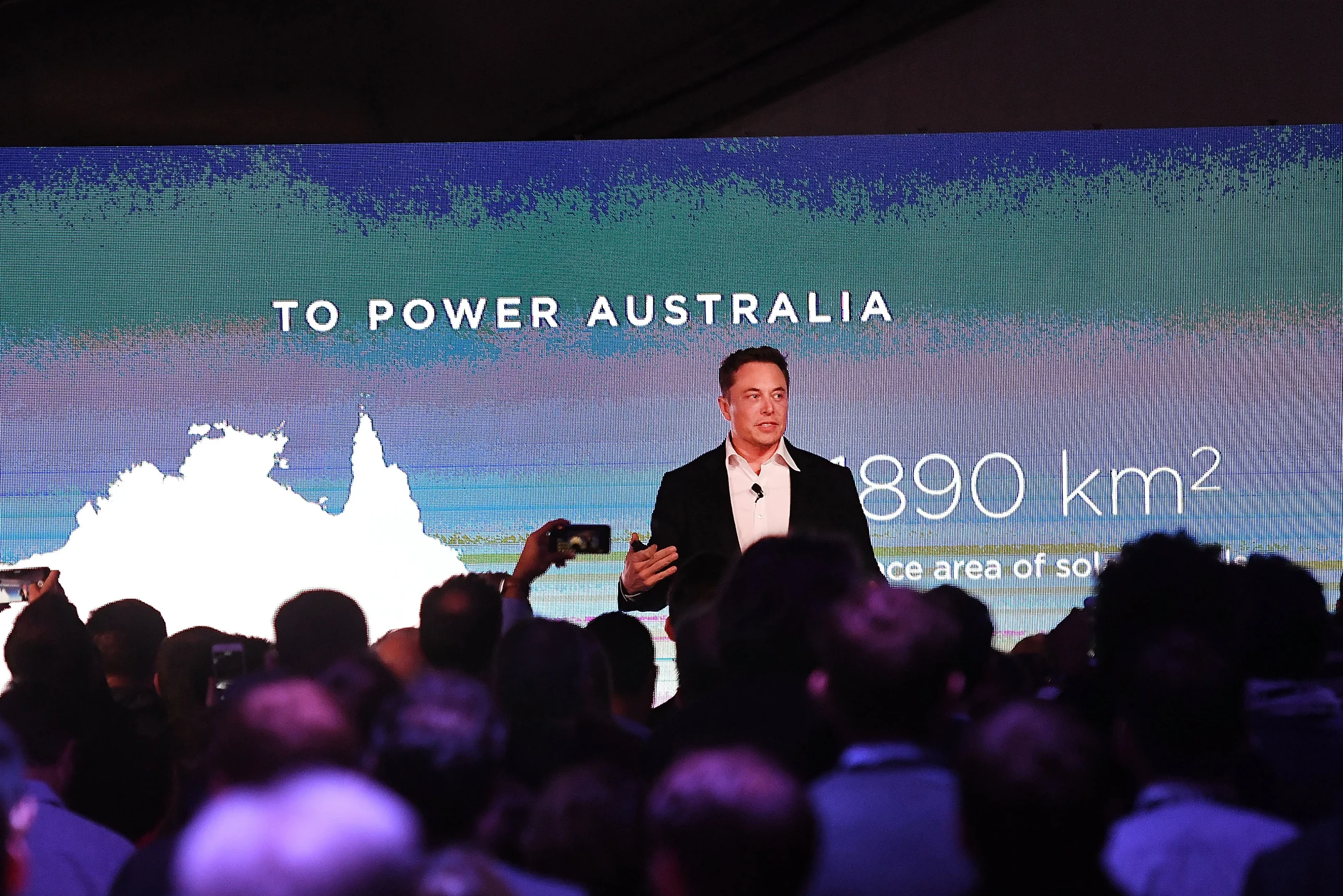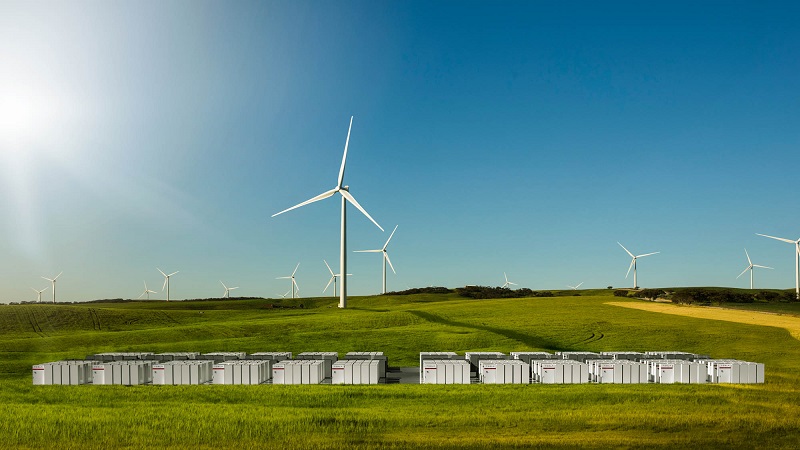Elon Musk and Tesla completed a 100 MW/129 MWh battery system in Hornsdale, South Australia,

lon Musk and Tesla: The Landmark Hornsdale Battery System in South Australia
The Bold Bet That Changed Power Storage Forever
In March 2017, a Twitter exchange between two billionaires sparked what would become one of the most significant energy infrastructure projects in Australia’s history. Following severe power outages across South Australia, Atlassian co-founder Mike Cannon-Brookes challenged Tesla CEO Elon Musk about a potential solution to the state’s energy crisis. Musk’s response was characteristically bold: he would build a 100MW battery storage system within 100 days of contract signature, or it would be free.
This wasn’t merely a social media spectacle—it was a decisive moment for renewable energy storage technology on a utility scale. Musk’s commitment came at a critical time for South Australia, which had experienced a catastrophic statewide blackout in September 2016 when twin tornados damaged critical infrastructure, leaving 1.7 million residents without power. This “once in 50 years” storm had exposed vulnerabilities in the state’s energy system, causing approximately 367 million Australian dollars in financial losses.

The Race Against Time
When Tesla won the contract to build what would become known as the Hornsdale Power Reserve, the clock began ticking on Musk’s 100-day challenge. The ambitious project aimed to pair a giant lithium-ion battery with the Hornsdale Wind Farm near Jamestown, South Australia.
The battery system would serve multiple purposes: providing stability to the grid, preventing load-shedding blackouts during peak demand, and storing excess renewable energy for times when the wind wasn’t blowing. Most importantly, it would offer instantaneous response capabilities, providing crucial grid services measured in milliseconds rather than minutes.
Against considerable skepticism from energy industry veterans, Tesla completed the installation ahead of schedule. The 100MW/129MWh Hornsdale Power Reserve was officially activated in November 2017, less than 100 days after the contract was signed. Elon Musk had won his $50 million bet, delivering the world’s largest lithium-ion battery at the time.

Technical Marvel and Engineering Achievement
The Hornsdale Power Reserve represented a significant technical achievement. Built with Tesla’s Powerpack lithium-ion battery technology, the system could deliver up to 100 megawatts of power and store 129 megawatt-hours of energy—enough to power approximately 30,000 homes for a short period during a blackout.
The system was designed to respond to fluctuations in the power grid with remarkable speed. While conventional power plants might take minutes to ramp up in response to demand spikes or frequency disturbances, the Tesla battery could react in milliseconds, providing essential stability services to prevent cascading failures in the grid.
The original installation cost approximately A$90 million (around US$65.5 million), a significant investment that would prove its value quickly. The project was developed by French renewable energy company Neoen, which owns and operates the facility, while the South Australian government has rights to call on the stored power under specific circumstances












